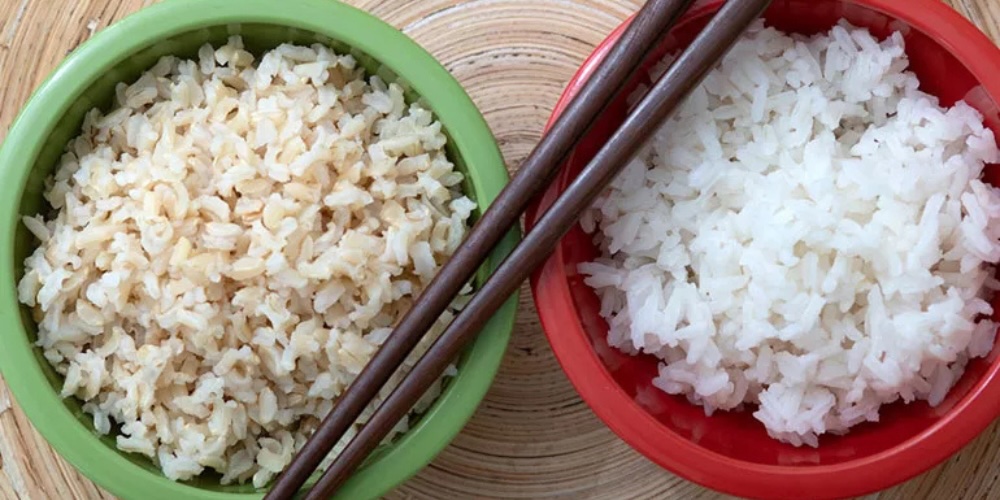Brown Rice: Healthy or Hazardous?

Brown rice has long been the go-to grain for the health-conscious — more fibre, nutrients, less processed. But according to a recent study, it might also come with a little something extra you didn’t ask for: arsenic.
Yep, the same toxic chemical that shows up in true crime documentaries and vintage murder mysteries.
Brown vs. White: The Toxic Truth
Researchers recently found that brown rice contains 24% more total arsenic and a whopping 40% more inorganic arsenic — the more dangerous, cancer-linked type — than white rice.
That's because arsenic tends to concentrate in the outer layers of the rice grain. While white rice gets polished down, brown rice keeps its outer bran layer intact, along with all the arsenic it absorbed while growing.
RELATED: Avoid These Foods To Reduce Face Puffiness!
What’s the Risk?
Before you start tossing out your quinoa bowls in a panic, take a breath.
The researchers say that most people aren’t eating enough rice for arsenic exposure to reach dangerous levels. Still, chronic exposure to arsenic (even in small amounts) has been linked to skin issues, gut problems, diabetes, cancer, and cardiovascular disease. Those are not exactly ideal side effects of your power grain.
Should You Ditch Brown Rice?
Not necessarily. The study isn’t saying brown rice is bad — just that it’s not as squeaky-clean as we once thought. If you’re a frequent rice eater, you might consider mixing it up: try white rice sometimes, rinse your rice before cooking, or explore other grains like farro, barley, or bulgur that don’t have the same arsenic baggage.
Beat FOMO by being in the know!
Sign up for our newsletter today and never miss a beat.






